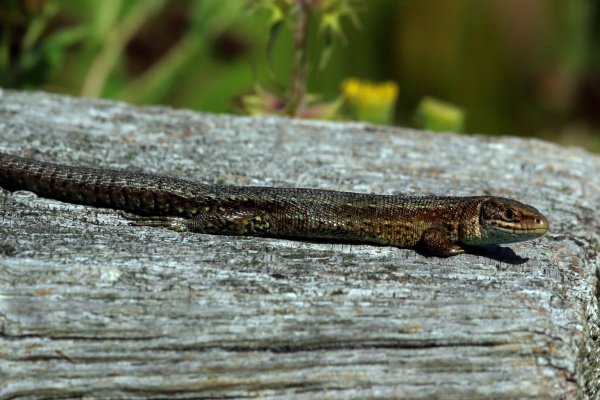Facts About Viviparous lizard
The viviparous lizard, scientifically known as Zootoca vivipara, is a captivating reptile native to Eurasia. What sets this lizard apart is its method of reproduction: unlike most lizards that lay eggs, the viviparous lizard gives birth to live young. It stands as the sole species within its genus, Zootoca.
One distinctive feature of these lizards is their color polymorphism, particularly pronounced among females. This means that female lizards exhibit different color variations, and scientists have proposed various theories to explain the genetic basis for this diversity. Research suggests that social interactions significantly influence the coloration of female lizards, especially in the contexts of mating and reproduction.
To identify a viviparous lizard, note that their body length typically measures less than 12 cm, with tails that can extend to twice their body length. Males are generally more slender than females, who often display dark stripes and spots. These lizards are widespread across Europe and Asia, ranging from Ireland to Hokkaido and Sakhalin. They inhabit various environments, from the high Alps to lowland areas.
Behaviorally, these lizards are insectivores, feeding on invertebrates. They bask in the sun to regulate their body temperature. The mating season occurs in April or May, with the young developing inside the female for about three months before birth. Interestingly, while most populations give birth to live young, some southern populations lay eggs. In colder northern regions, these lizards hibernate during the winter months.
The color variations among female Zootoca vivipara have been extensively studied. Different color morphs—such as yellow, orange, and mixed—exhibit varying levels of fitness. Factors like population density and environmental conditions can influence which color morphs are more successful. Each color morph offers specific advantages in terms of clutch size, reproductive success, and survival rates.

 Germany
Germany